If you’re completely new to playing the guitar, you’re probably just starting to explore playing things like simple chords, scales, and riffs without any sort of set rhythm. Guitarists sometimes set out with lofty goals of being able to play blazingly fast and intricate riffs and solos only to find that mastering even the most basic concepts on the guitar is a ton of work. Like everything else in life, when it comes to developing the skill of playing the guitar quickly, you’ve got to learn to crawl before you can run. Adding some simple guitar speed exercises into your playing can help develop not only your playing speed but also attention to rhythm, accuracy, and stamina on the guitar. We’ve got some awesome exercises to show you in this article, but first let’s talk about some broad ways to help improve your speed and rhythm playing.
Get obsessed with rhythm
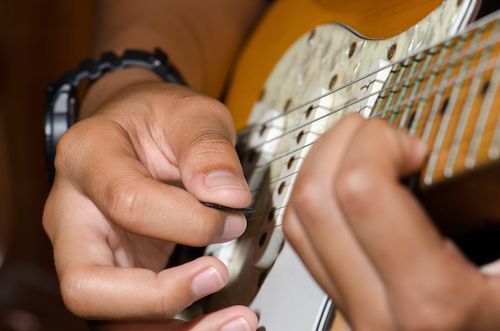 Before we can even start to think about playing anything fast on the guitar, we’ve got to talk about rhythm. No, the guitar doesn’t provide a huge rhythmic function within a band like the drums and bass guitar do, but if you’re serious about developing any skill on the guitar, you need to become obsessed with how well you can play to a rhythm. How can you expect to play fast solos and chord changes if you can’t play simple things to a strict rhythm at a moderate pace?
Before we can even start to think about playing anything fast on the guitar, we’ve got to talk about rhythm. No, the guitar doesn’t provide a huge rhythmic function within a band like the drums and bass guitar do, but if you’re serious about developing any skill on the guitar, you need to become obsessed with how well you can play to a rhythm. How can you expect to play fast solos and chord changes if you can’t play simple things to a strict rhythm at a moderate pace?
Unless you strictly want to play ambient background noise music, rhythm will be a major part of every single thing you play on the guitar. This means that every time you play, you should be thinking about sticking to a strict rhythm. And if you’re new to the guitar, none of the tempos you choose to play should be fast. Take everything you’ve already learned and focus on playing it in a slow and connected way.
Use your metronome every time you practice
Ah, the metronome. When most people think of it, they conjure up images of stuffy old piano teachers, not guitar gods playing at breakneck speeds. But if you want to truly develop your speed and rhythm as a player, you’ll need to get used to practicing with a metronome every time you sit down to practice. Why? Because working with a metronome forces us to play to a strict rhythm. Like a weightlifter gradually adding more pounds to a dead lift, the metronome allows us to incrementally increase speed as we improve. We can start playing things like chord transitions and scales at a slow pace and add more beats per minute as we progress as players.
And working with a metronome does much more than just improve our speed as guitar players. Playing regularly to the click of a metronome enforces the paramount idea that in music, generally everything we do is done with rhythm in mind. This isn’t just a guitar thing. It applies to all musicians and instruments. The guitar speed exercises we have to show you in this article should always be played to the steady click of a metronome.
There is no alternative to alternative picking
Proper picking technique is essential when it comes to not only speed but also things like accuracy, tone, and rhythm when it comes to playing in any style on the guitar. Every riff, scale, or melody you play should be done with alternate picking. Alternate picking is simply alternating from picking up and then down. Newer guitar players generally tend to pick in only one direction, but learning to harness the natural momentum that’s generated when we pick in one direction to picking up and down is actually easier to play and is more accurate.
Speed Exercise #1: Chromatic Scale
This first one of our guitar speed exercises does much more than just improve your speed. It’s designed to improve your tone, accuracy, and spatial awareness when it comes to where your fingers align with the first four frets of the guitar.
Beginning with the 6th open string, play each open string and then the first, second, third, and fourth frets with your index, middle, ring, and pinky fingers. Repeat this sequence up every string until you get to the fourth fret of the first string. Then, repeat the sequence backwards until you get back to the open 6th string position.
Like all the guitar speed exercises we’re going to show you, start slow with this one and work your way up. Try this scale at 70 BPM (beats per minute) on the metronome and gradually increase the speed as you improve.

Speed Exercise #2: Quarter note, eighth note, and eighth note triplet Major Scale
In this exercise we’ll take a simple one-octave major scale and play it in three different rhythms at the same speed. Start at a slow speed and play each note in the scale as a quarter note. Then, without pausing, play each note in the scale as eighth notes. Then play the scale one more time with each note in eight note triplets. Once you’ve done all three rhythms on the same scale, move up or down a fret and repeat the same sequence. Feel free to add in different rhythms or different scales for this exercise.
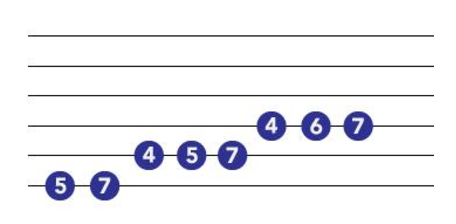
Speed Exercise #3: String Skipper
Learning to skip strings is a skill that takes a lot of focused effort to develop. This exercise is designed to get your right hand comfortable skipping strings at a fast pace. You’ll need to develop a good amount of spatial awareness and muscle memory if you want to be able to skip strings quickly and accurately.
Starting on the 12th fret of the 5th string, play that note, skip the 4th string and play the 10th fret of the third string. Repeat this sequence down a fret until you reach the bottom of the guitar. Feel free to tailor this exercise to fit your specific needs. Increase the metronome speed as you gain confidence.
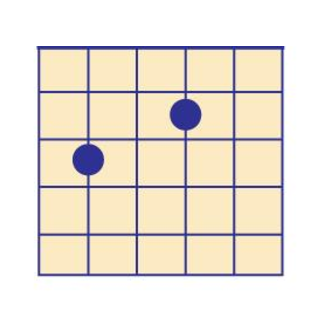
Speed Exercise #4: Chord Transitions
Guitar speed exercises don’t just have to feature scales or lines of melody. This exercise is designed to help develop the skill of transitioning from chord to chord quickly. It’s an important skill that applies to virtually every genre of music played on the guitar. Don’t skip this exercise, even if all you want to do is shred on the guitar. The skills it takes to transition between chords are ones that also apply to lead guitar playing.
We’ll use simple chords for this exercise, but feel free to add in more difficult ones if you need more of a challenge. Play G-G-G-G, Am-Am-Am-Am, Em-Em-Em-Em, and C-C-C-C with whole notes. When you’re ready, try playing each chord with a half note and finally one separate chord strummed on each quarter note. Start this exercise very slowly and increase speed as you progress.
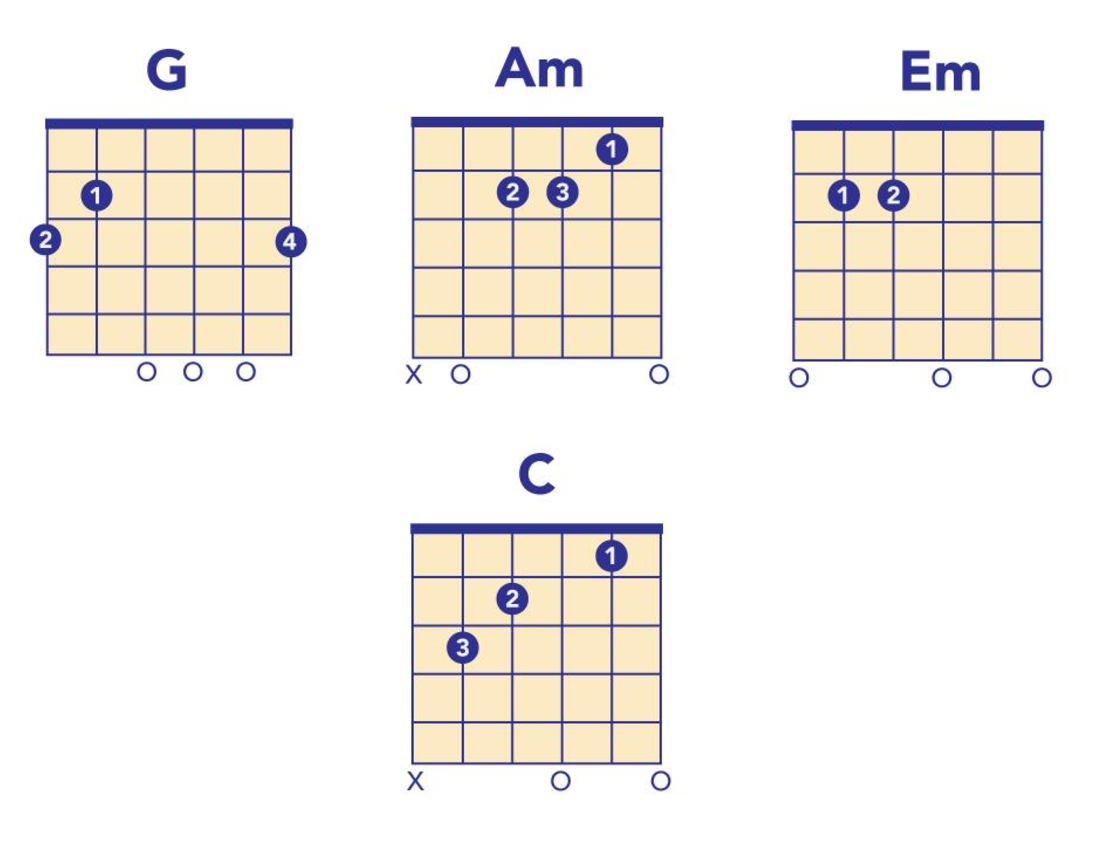
Speed Exercise #5: Power Chord Transitions
This exercise is designed to enhance the speed and accuracy for power chord transitions. Starting on the outside power chord on the 12th fret, play that power chord as well as the inside one with whole notes. Then repeat that sequence but with half notes and then finally quarter notes. Repeat this sequence down a fret until you reach the bottom of the guitar. If you’re looking for a challenge, try this exercise playing one power chord per eighth note from start to finish.
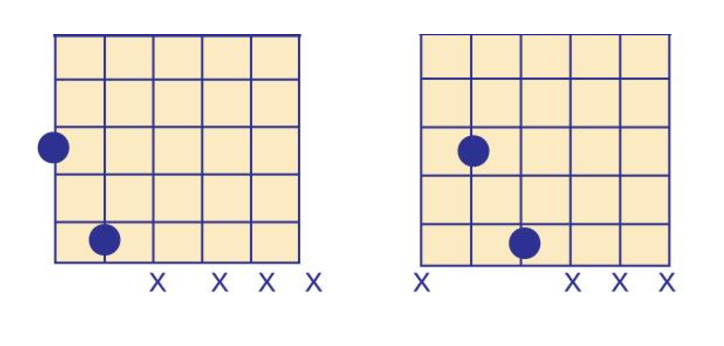
Adding these guitar speed exercises into your practice routine will do amazing things for your playing. We recommend reserving 10-15 minutes of your practices for exercises like these. If you need extra help upping the speed and accuracy of your playing, we recommend taking some time to find an experienced teacher in your area. For more helpful articles about the world of music, check out the Musika Lessons blog.
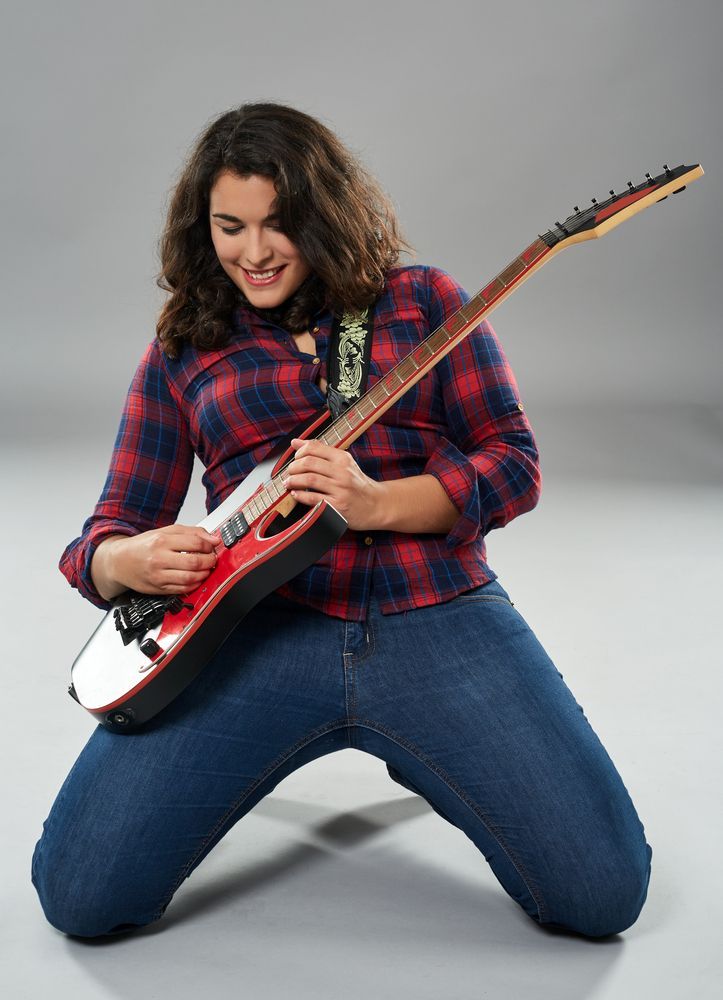


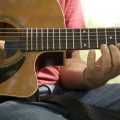
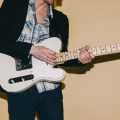

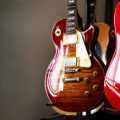
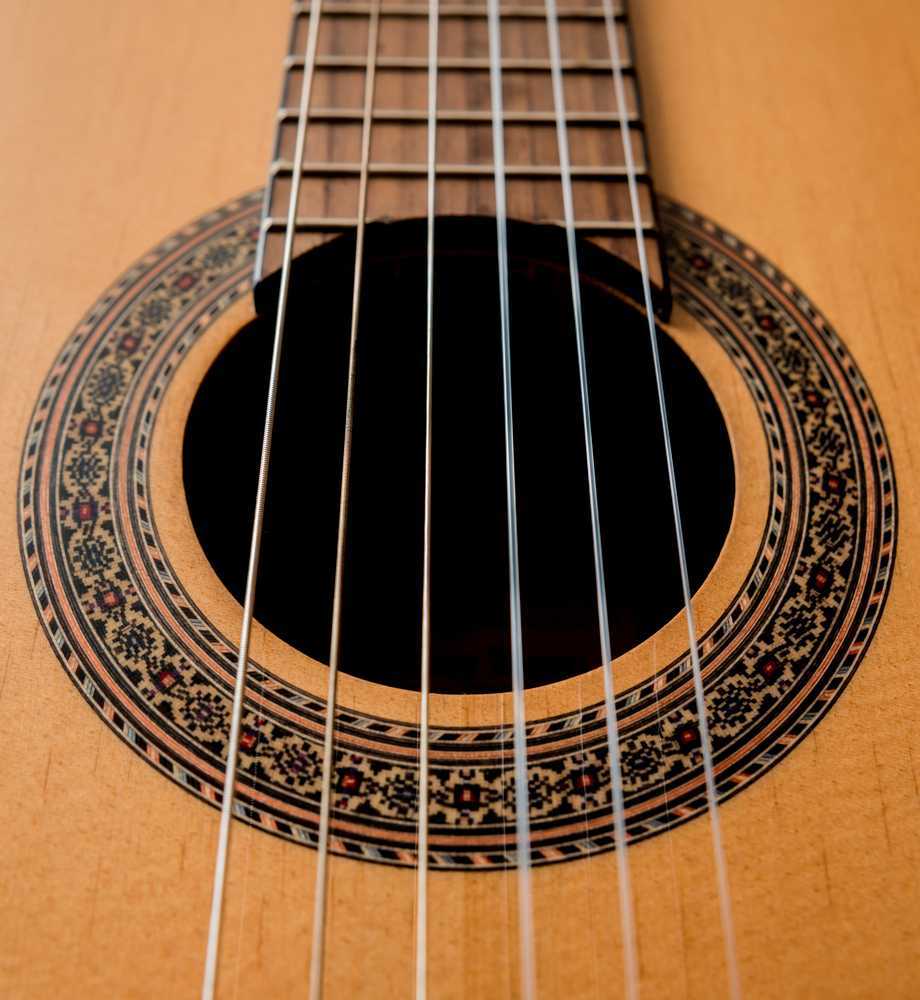
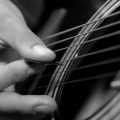
Great tips to improve playing guitar!!